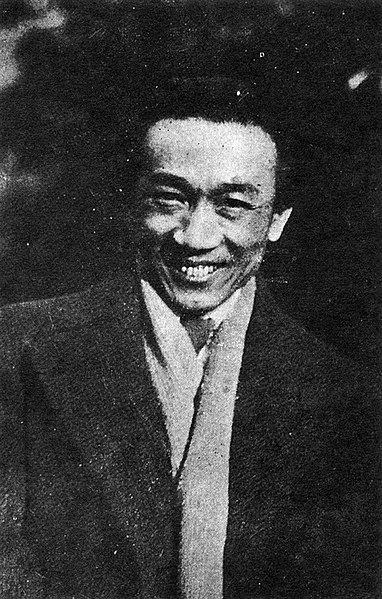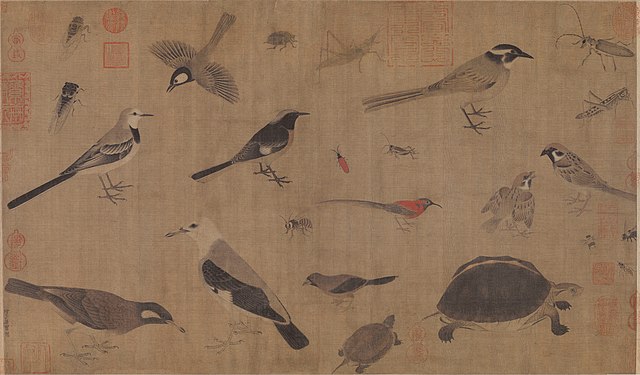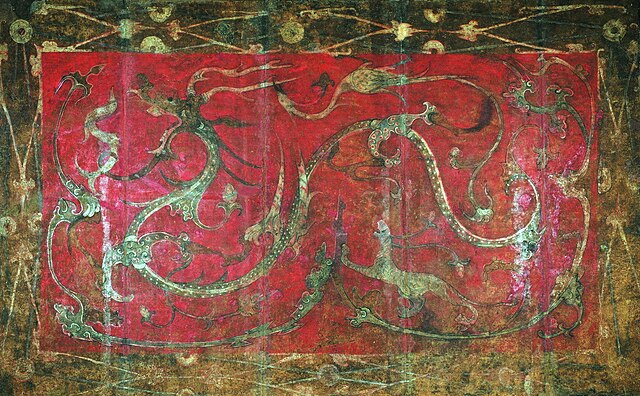Lin Fengmian, originally Lin Fengming (林凤鸣), was a Chinese painter and is considered a pioneer of modern Chinese painting for blending Chinese and Western styles, he was one of the earliest Chinese painters to study in Europe. He was also an important innovator in the area of Chinese art education. He was one of the pioneers of Chinese modern art, who earned the title of "The Four Great Academy Presidents".
Lin Fengmian
Former Residence of Lin Fengmian in Shanghai
Chinese painting is one of the oldest continuous artistic traditions in the world. Painting in the traditional style is known today in Chinese as guó huà, meaning "national painting" or "native painting", as opposed to Western styles of art which became popular in China in the 20th century. It is also called danqing. Traditional painting involves essentially the same techniques as calligraphy and is done with a brush dipped in black ink or coloured pigments; oils are not used. As with calligraphy, the most popular materials on which paintings are made are paper and silk. The finished work can be mounted on scrolls, such as hanging scrolls or handscrolls. Traditional painting can also be done on album sheets, walls, lacquerware, folding screens, and other media.
Huang Quan's Almanac of Birds and Beasts; Late Tang, 10th century CE
Early Autumn by Qian Xuan (1235-1305)
Views of Xiaoxiang by Dong Yuan(932-962). Dong is considered as one of the originators of landscape painting styles; the scales of such paintings were often huge, with minuscule yet intricate pastoralist subjects showing the relative enormity of the landscape. Zoom into the left to see a group of men engaging in seine-haul fishing.
Western Han lacquered dragon mural, c. 2nd century BCE






